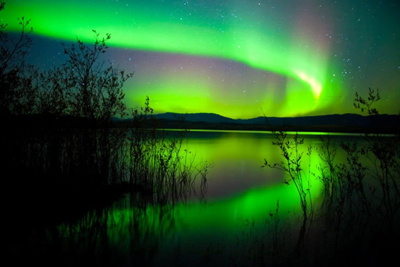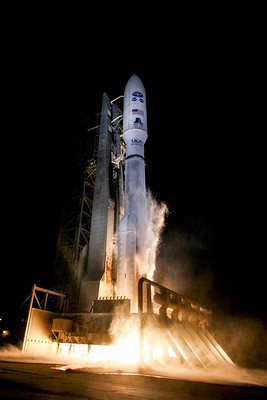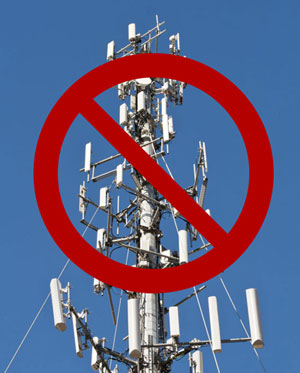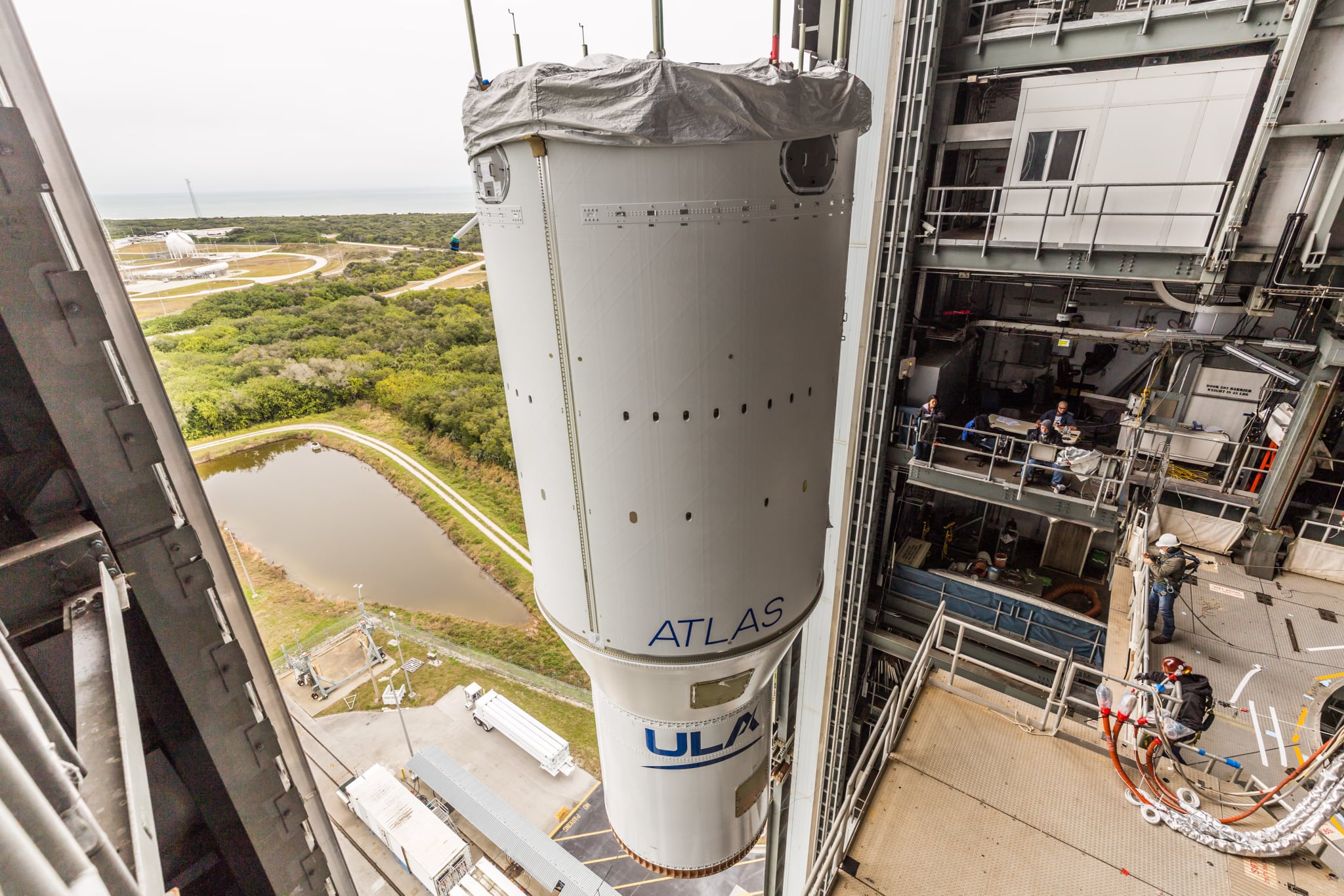![]()
On April 21, 2023, a coronal mass ejection (CME) occurred on the sun, resulting in the emission of a high-speed burst of plasma that traveled towards Earth at a velocity of approximately two million miles per hour. This event triggered a severe geomagnetic storm that attained level 4 out of 5 on NOAA’s space weather G-scale. The storm reached its peak at 3:26 p.m. EDT on April 23.
NOAA’s G-scale is a system that is used to measure the intensity of geomagnetic storms caused by solar activity. The scale ranges from G1 to G5, with G1 being a minor storm and G5 being a severe storm. The intensity of the storm is determined by measuring the disturbance in the Earth’s magnetic field caused by the solar activity.
The G-scale is an important tool for assessing the potential impact of solar storms on various technological systems on Earth, including power grids, communication systems, and navigation systems. NOAA’s Space Weather Prediction Center uses the G-scale to provide alerts and warnings to industries and government agencies to help mitigate the potential effects of these storms.
Each level on the G-scale corresponds to a range of values for the disturbance level in the Earth’s magnetic field. For example, a G1 storm corresponds to a disturbance level between 5 and 6 nanoteslas (nT), while a G5 storm corresponds to a disturbance level greater than 200 nT.
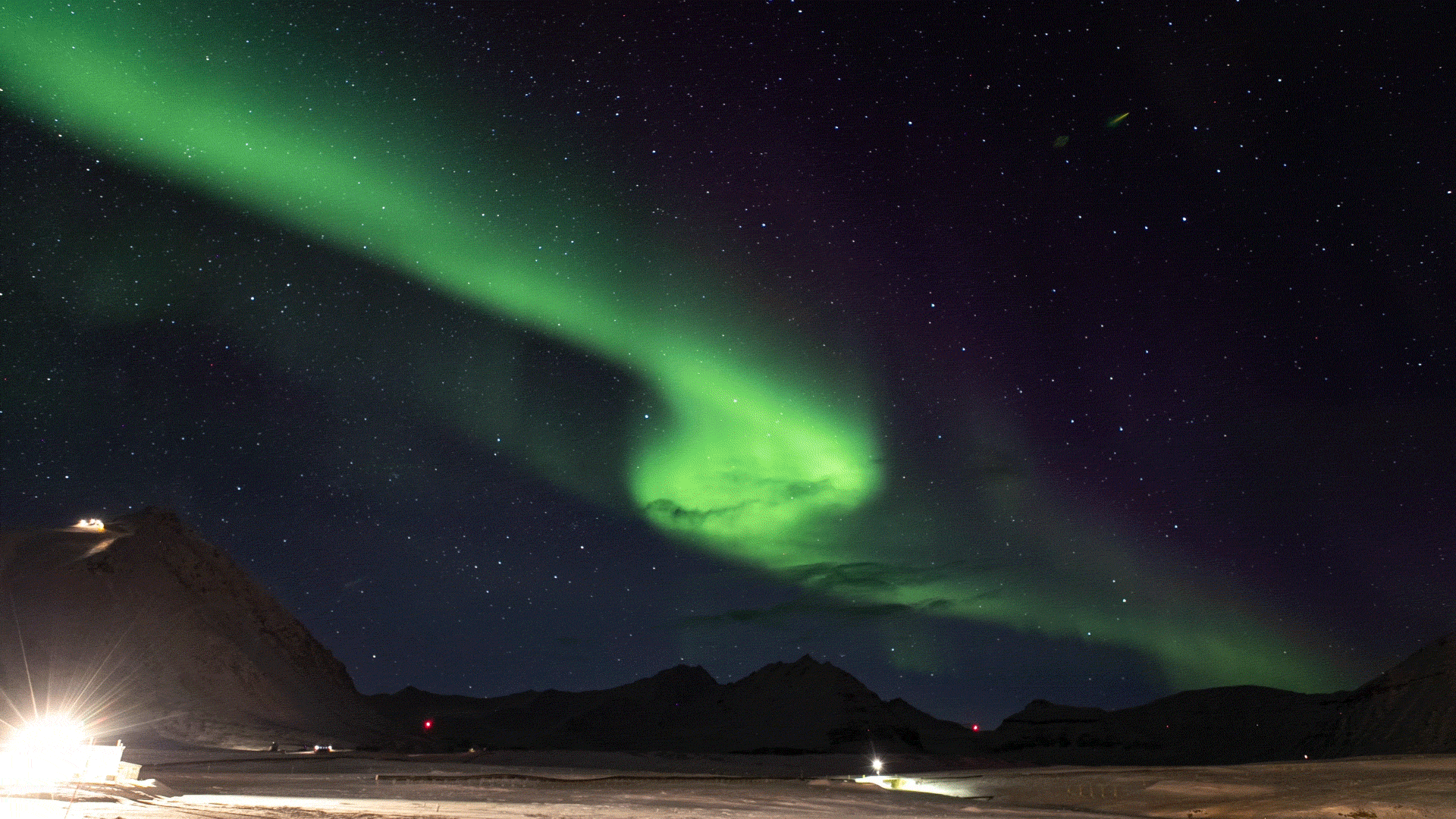
The heightened solar radiation and associated geomagnetic storms can cause several adverse effects. For instance, they can disrupt power grids, radio signals, and communication systems on Earth. These events can also interfere with satellite operations and GPS navigation capabilities. Astronauts in space are especially vulnerable as the radiation they are exposed to outside Earth’s protective atmosphere can result in radiation poisoning or other severe health effects. Additionally, the storms may cause spectacular auroras on Earth.
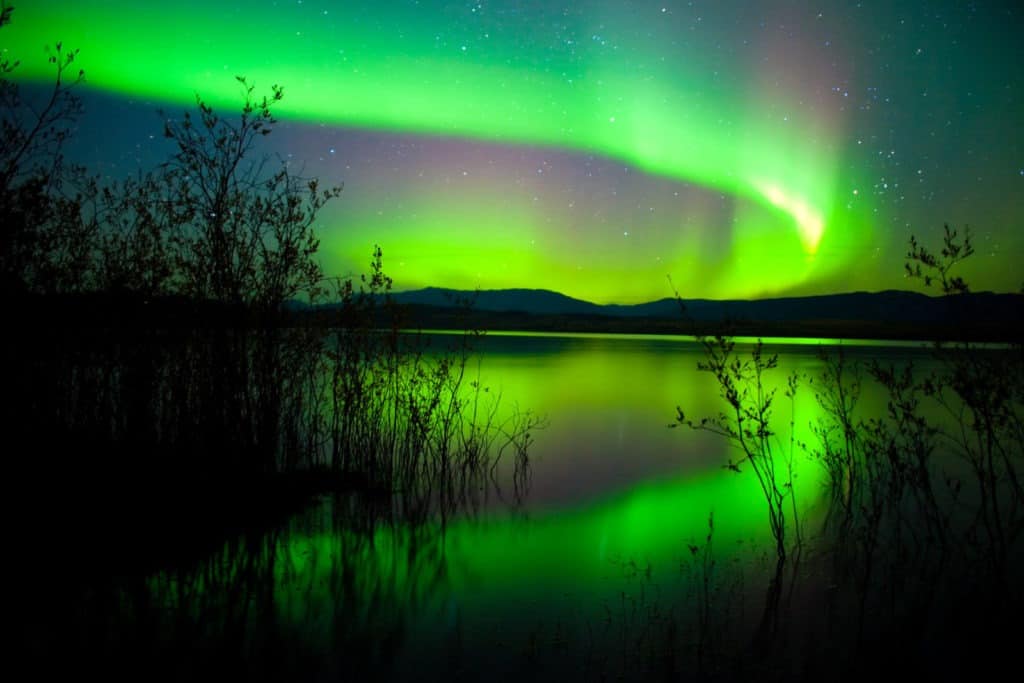
This recent event was the third severe geomagnetic storm (G4) since the onset of Solar Cycle 25 in 2019. The previous storms occurred on November 4, 2021, and March 24, 2023. NOAA’s DSCOVR spacecraft helped to measure the elevated solar winds associated with these storms and provided data that informed the subsequent geomagnetic storm forecasts.
NOAA satellites, including the Geostationary Operational Environmental Satellite (GOES) series, are vital in monitoring solar activity and forecasting space weather events. Given the unpredictable nature of solar flares and CMEs, the Space Weather Prediction Center relies on this data to issue alerts and predictions in real-time. In this particular case, the NOAA forecasters provided multiple warnings for the geomagnetic storm, and offered decision support to customers to minimize the adverse impacts.
GOES satellites also carry crucial scientific instruments, such as the Extreme Ultraviolet and X-ray Irradiance Sensors (EXIS), which monitor the sun’s electromagnetic radiation, serving as an essential early warning system for the onset of flares. The Space Environmental In-Situ Suite (SEISS) helps evaluate electrostatic discharge risks and radiation hazards to astronauts and satellites, while the Magnetometer measures the Earth’s magnetic field.
For more Space Weather click here!
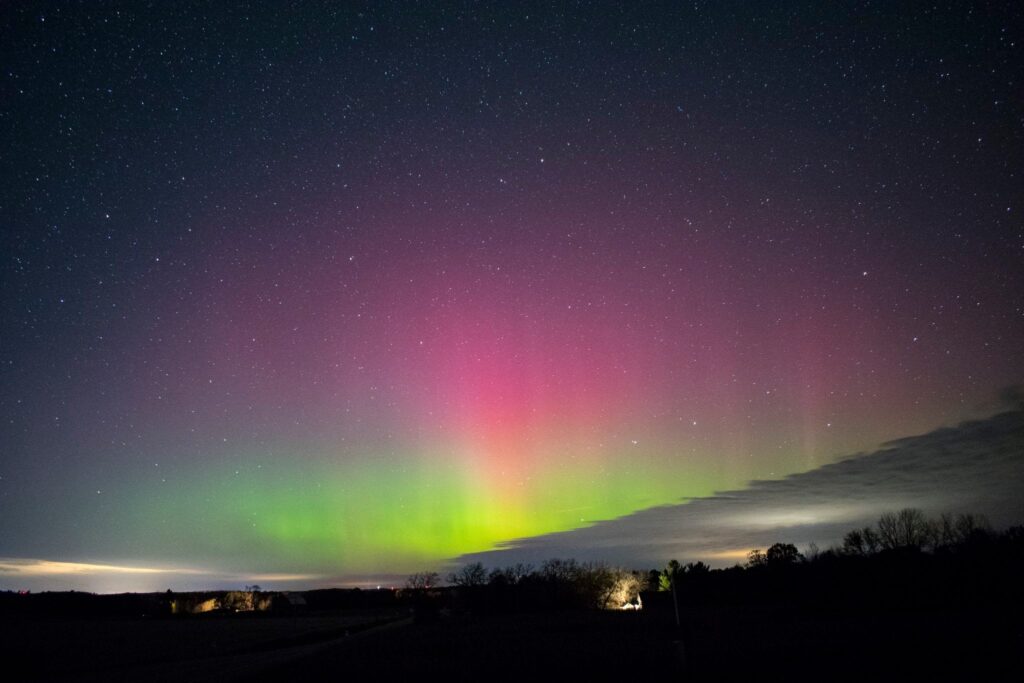
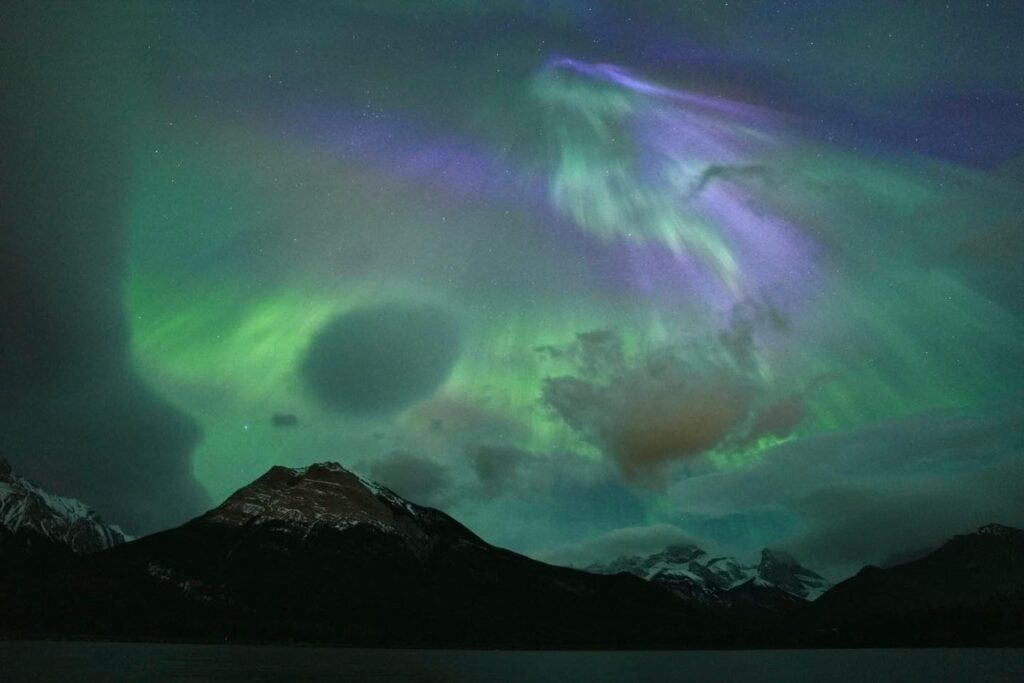
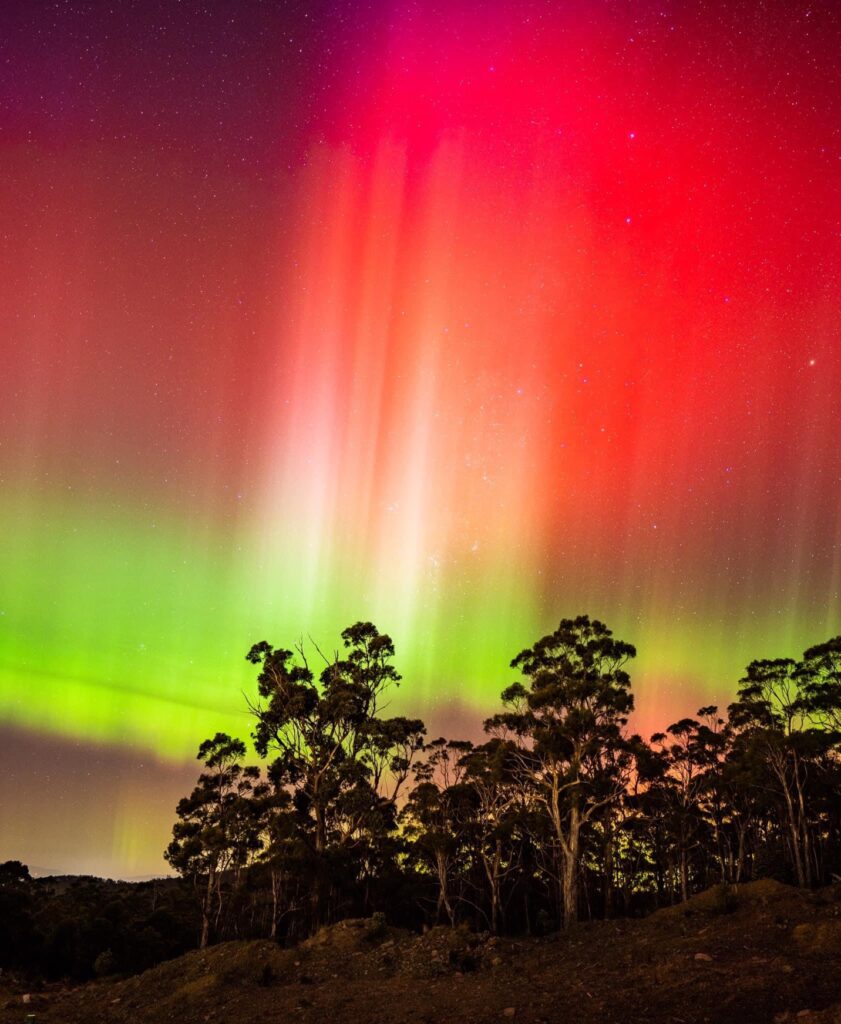
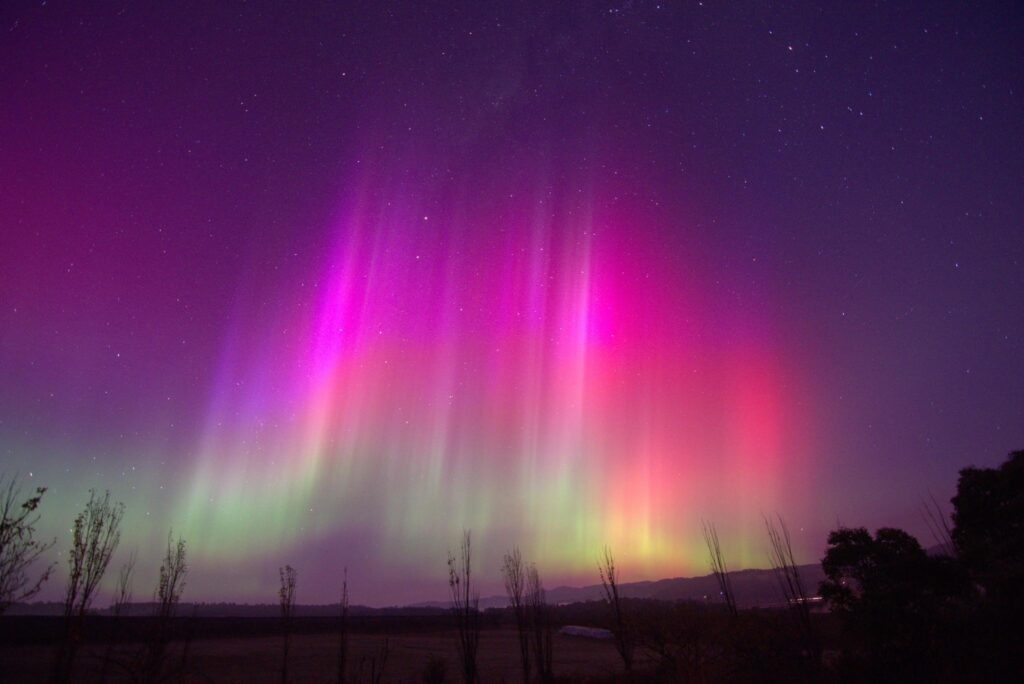
Images from Australian Meteorological Service, Steve Brown- Alberta Canada, Beth Ronsin, Utah USA.
What is a Solar Cycle 25?
Solar Cycle 25 is the current cycle of solar activity, which began in December 2019. The cycle is part of a regular pattern of solar activity known as the solar cycle, which is an 11-year cycle that is driven by the Sun’s magnetic field.
During a solar cycle, the Sun goes through periods of high activity, characterized by numerous sunspots, solar flares, and coronal mass ejections (CMEs), and periods of low activity, where the Sun is relatively quiet. These periods are called solar maximum and solar minimum, respectively.
Solar Cycle 25 is expected to reach its maximum in the years 2024-2025, although the exact timing and strength of the maximum are difficult to predict. The cycle is being closely monitored by scientists and researchers around the world, who use a variety of tools and techniques to study the Sun and its impact on Earth.
One important tool for monitoring solar activity is the Solar Dynamics Observatory (SDO), a spacecraft launched by NASA in 2010 that observes the Sun in high definition. The SDO provides scientists with detailed images of the Sun’s surface and magnetic field, allowing them to study the evolution of sunspots and other features over time.
Another important tool is the Solar and Heliospheric Observatory (SOHO), a joint mission between NASA and the European Space Agency (ESA) launched in 1995. SOHO observes the Sun from a position about 1 million miles from Earth, providing scientists with data on the solar wind, CMEs, and other phenomena.
Understanding solar activity is important because it can have a significant impact on Earth’s atmosphere and technology. During a solar maximum, the Sun’s magnetic field becomes highly distorted, and large-scale eruptions such as CMEs and solar flares can occur.
To better understand and predict space weather events, scientists and researchers around the world are studying Solar Cycle 25 using a variety of tools and techniques. By studying the Sun and its impact on Earth, they hope to develop better ways to protect our planet and our technology from the effects of solar activity.

